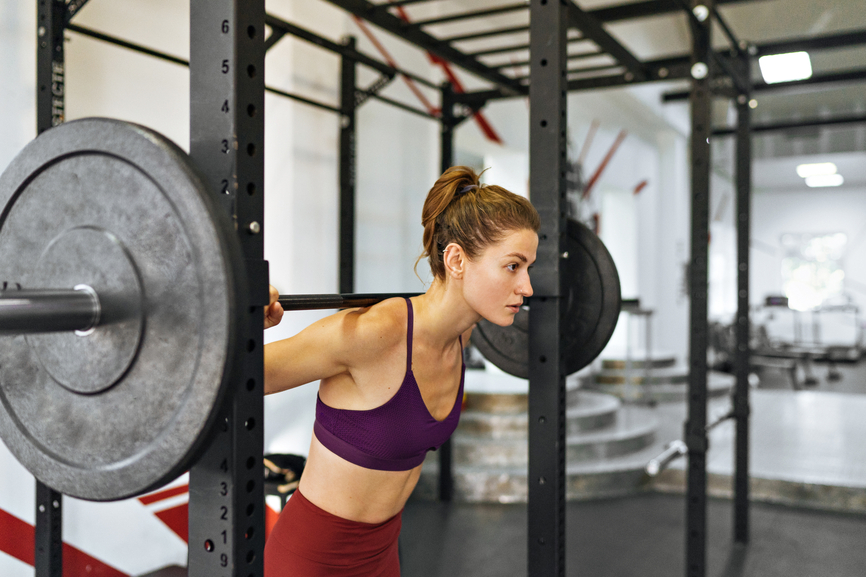
March 05, 2020 at 03:00PM by CWC
Sometimes it really feels like you’re playing whack-a-mole with your fitness routine. You get your strength under control at the price of your mobility. Or you head to yoga to tackle stability and end up losing your strength. It’s hard to find the right balance of movement, but one trainer-approved tactic called the overhead squat assessment tells you everything you need to know about your body in one rep.
According to the National Academy of Sports Medicine (NASM), the overhead squat assessment (OHSA) determines how all of your body parts work as a whole. “The overhead squat assessment is the best measure of how healthy your client’s kinetic chain is,” reads NASM’s website. “This assessment enables the trainer to analyze every part of the kinetic chain for proper function. Since an overhead squat will utilize all musculature from head to toe to successfully complete, it’s the perfect movement to measure overall musculoskeletal function.”
From an outsider’s perspective, it may look like you’re just performing a squat, but don’t talk about OHSA that way! The move deserves way more clout than that. Because the trainer will ask you to raise your hands overhead and repeat the movement 15 times, the exercise reveals your body’s weaknesses and where it’s really, really strong. For example, if your knee moves slightly inward when you complete the overhead squat assessment, NASM says that could mean your glutes and hamstrings are underactive and a move like ball squats could strengthen both. Or, if your arms a fall forward due to lack of arm and back flexibility and strength, you can begin to counteract that with pec and thoracic spine stretches.
For reference, NASM lists out all of the imbalances—and the corresponding moves to alleviate them—on this table. So once you’ve tested out your own 15 reps, go ahead and map out your body based on the chart and get to work balancing it out. Ready?
Use the ‘overhead squat assessment’ to identify your physical strengths and weakness
[youtube https://www.youtube.com/watch?v=9OfycnUL0h8]
ADVERTISEMENT
ADVERTISEMENTKate Spade Autumn/Winter Sale |
Before you get started, note that it’s probably best to ask someone to watch your form or record yourself squatting. If you’re looking in a mirror, you won’t exactly get an accurate read on how your squat posture would be naturally, right? Before you try this the first time, you should also avoid reading up on how to squat “properly.”
1. Start with your feet hips-width apart, with your arms alongside your ears.
2. Brace your core and push your butt back and down like you’re sitting on a chair. Keep as much weight as you can in your heels.
3. As you lower, keep your gaze forward and try your best to keep your biceps tracking right alongside your ears (but don’t hunch your shoulders).
Repeat 15 times, noticing the you-specific way your form deteriorates as you get tired. “These instructions seem very vague, and your right. Minimal instruction is best to get the most honest results possible,” says NASM. Just take what you learn, consult the chart, and see what areas you need to work on. Whack-a-mole no more.
So, how stable are your ankles? And while we’re talking about that, here’s why you might want a stability shoe.
Author Kells McPhillips | Well and Good
Selected by CWC

ADVERTISEMENT
ADVERTISEMENTUp to 30% off Gift Sets |







